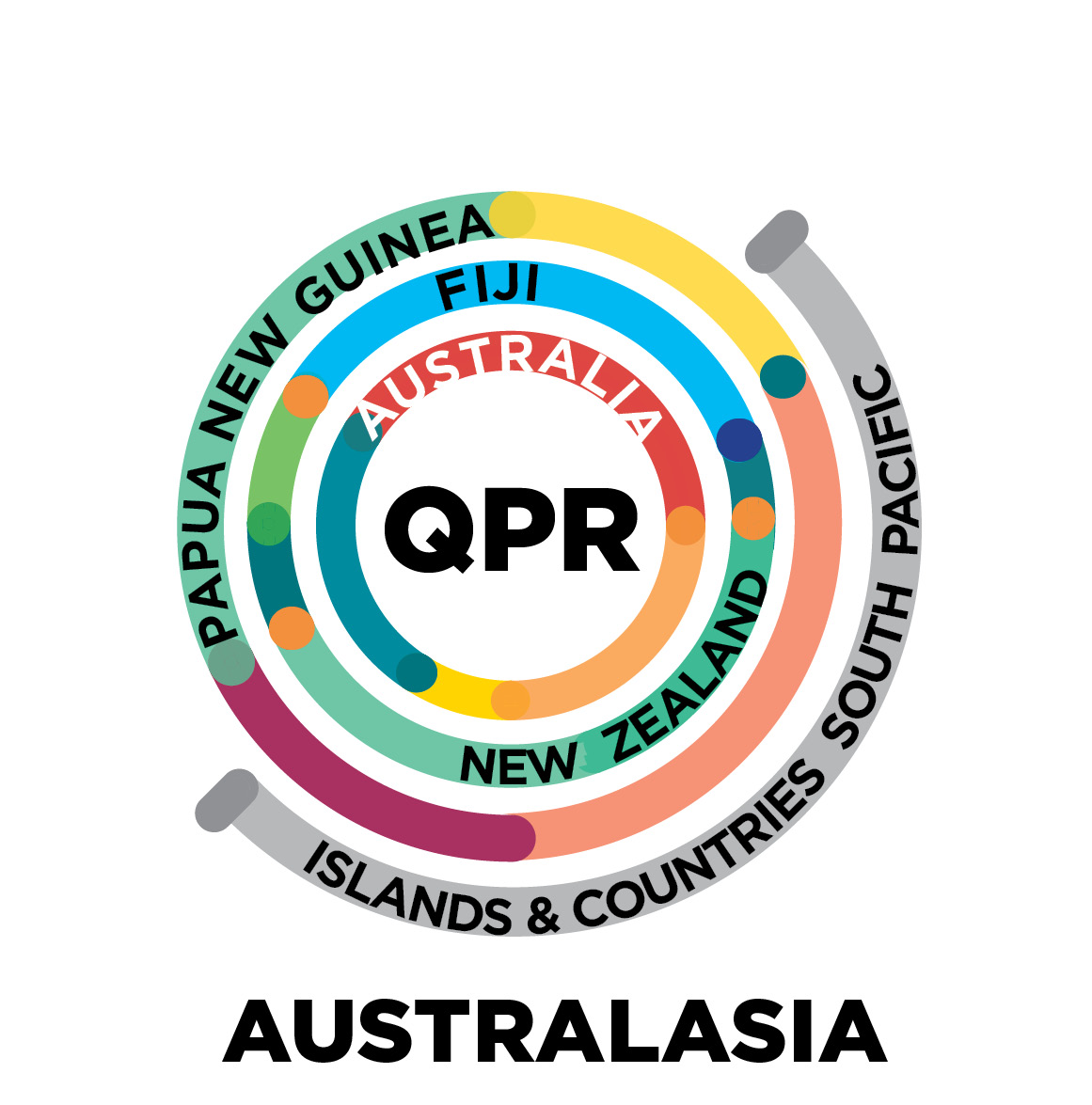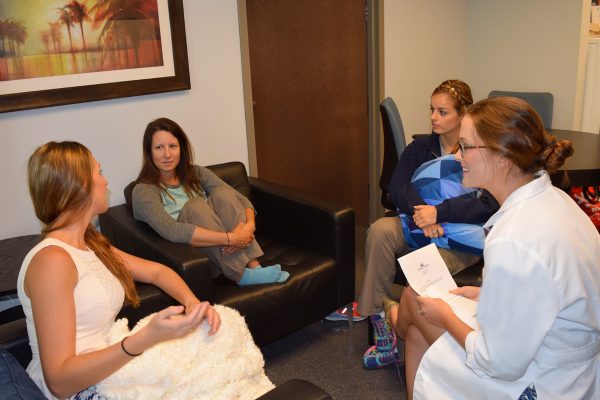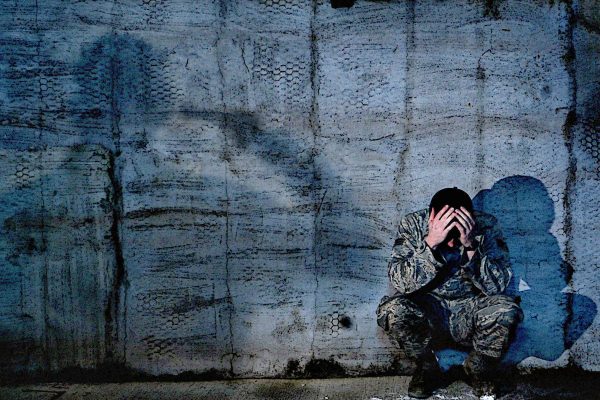
Level 2 QPR Suicide Triage Training
This course is for those on the “front lines” of suicide prevention: crisis volunteers and professionals, emergency telephone operators, I&R workers, clergy, school counsellors, case managers, occupational therapists, health care workers or anyone who is likely to come into first contact with someone who may be suicidal. Often times this first contact may be in a clinical care or first responder setting.
A customized version of this course is available for law enforcement, EMS/firefighters, nurses and primary care physicians and physician assistants (please course listings).
This interactive course teaches you how to detect and interview people in crisis, how to determine if they are suicidal, how to assess immediate risk of suicide, as well as how to immediately reduce the risk of a suicide attempt or completion through a safety planning and referral process. We will teach you what to say, what questions to ask, what the answers to your questions mean and how these answers will help determine risk and next steps to ensure the person’s safety. The training will also be helpful in working with people in text over the internet.
$155.00
This online training program cannot cover all the relevant things you need to know, but through our consultations with hundreds of professionals and their input, we have a pretty good idea of some helpful things we can teach you and that you should find of value.
As background to building this course, you should know that what we will teach you is also taught to mental health professionals, nurses, law enforcement professionals, and many others who are in the front ranks of health care and suicide prevention work.
Highlights:
- Course time required: 8 to 10 hours, depending on reading speed and how much time the student explores web links and practices the intervention.
- Many people taking this course have a high degree of line-of-duty exposure to suicidal behaviours, both in the pre-attempt phase (when suicidal persons are communicating intent and desire to attempt suicide via suicide warning signs), and after a suicide attempt or completion.
- While perceived comfort and competence in conducting suicide interventions or dealing with suicide events varies considerably, many volunteers and professionals have not had specific suicide prevention training that would be beneficial to them when dealing with potentially suicidal people face-to-face, on the phone, or even in the text-only world of cyberspace
- For some learners, this course is a "next step" up from basic QPR Gatekeeper Training for Suicide Prevention (included in this program if the learner has not already taken basic QPR training). For those who have already taken basic QPR training, the online module offered here will provide a good review. Compared to basic QPR, this course is much more extensive in terms content, research, and understanding suicidal behavior, and teaches you how to assess acute risk and conduct what may be a life-saving intervention.
- To earn the QPR Suicide Triage Certificate the learner must complete all modules and pass all quizzes. The final exam is a 25-item test that few health care or mental health professionals can pass without completing this or a similar training program.
- Of note, the QPR Institute trains and licenses Certified QPR Instructors for those interested in teaching basic QPR face-to-face, and we also train and certify people to teach this course face-to-face (about 40 hours of training). If certified as an instructor for QPR Institute courses, you will be authorised to teach this program and issue certificates to those you train.
- The four primary goals of the QPR Institute are:
- Raise public awareness about suicide and its prevention.
- Provide low-cost, high-tech, effective, basic Gatekeeper and intervention skills training to lay persons who may be able to prevent a suicide.
- Provide suicide prevention and intervention training programs for a variety of professionals and for undergraduate, graduate and post-graduate students preparing for careers in the helping professions.
- Reduce morbidity and mortality of suicidal persons served by health care, correctional, hospital and other institutions through a systems approach to suicide risk reduction that enhances first responder and clinical competencies to detect, assess, monitor, manage and treat persons known to be at elevated risk for suicidal behaviours.
As of this writing in the winter of 2014, the Institute has trained more than 15,000 Certified Gatekeeper Instructors who have, in turn, trained more than two million gatekeepers worldwide. In addition, thousands of clinical health care providers have been trained in how to detect, assess, and manage suicidal consumers.
If this sounds like an "army" of people helping to prevent suicide, it is. Now, with your help, we will create a new division in that army of people trained to help prevent suicide.
While expert opinion may differ as to what helper competencies are required to assist suicidal persons achieve the most beneficial outcomes, little controversy exists about the lack of qualified manpower to help the thousands of people who think about, attempt and sometimes die by suicide, including those you respond to in the line of duty.
Even among licensed professionals there is a serious lack of systematic training in how to a) detect suicide risk, b) assess immediate risk for suicidal behaviors and c) provide helpful crisis mitigation services to suicidal persons.
The history and source of the Institute's training programs is derived from earlier research and development work in partnership with Washington State University, The Washington Institute for Mental Health Research, the Washington State Youth Suicide Prevention Program, Spokane Mental Health, and Spokane County Regional Health District.
We believe that crisis volunteers, first responders, emergency telephone operators, case managers, emergency services professionals, corrections professionals as well as many others in frequent contact with at risk populations need to know as much about suicidal behaviours and how to intervene to reduce risk and enhance safety as do trained mental health professionals.
To this end, the online program you are about to take is intended to train you in the knowledge and skills you will need to provide competent services in suicide risk detection, initial intervention, and how to immediately mitigate the risk of a suicide attempt.
This training is not a substitute for a university degree in counselling or other helping profession, nor can it provide the face-to-face supervised experience those in the helping professions are provided in the course of their professional career development.
This training program teaches initial and basic suicide risk assessment skills. Advanced suicide risk assessment training for healthcare professionals is available from the QPR Institute in a course entitled: QPRT Suicide Risk Assessment and Risk Management Training.
- Participants must be at least 18 years of age
- If employed by, or volunteering for, an organisation, participants agree to accept all expectations and employment rules of their parent organisation. The QPR Institute does not vet or otherwise qualify students for this course.
Modularised in a rich mix of text, video, voice-over PowerPoint™ lectures, interactive practice sessions, and other state-of-the-art e-learning technologies, the QPR Suicide Triage Certificate requires completing all online modules and passing a final exam. If the learner passes this national exam he or she will have demonstrated more knowledge about suicide and its prevention than a large majority of mental health professionals. Additional classroom and support training is recommended.
If you have not yet completed basic QPR training, it is recommended, but not required, that you complete it before taking this course.
Basic QPR gatekeeper training goals:
- Understand the common myths and facts surrounding suicide
- Recognise someone at risk of suicide
- Demonstrate increased knowledge about suicide and its causes
- Identify unique verbal, behavioural, and situational suicide warning signs
- Know how to inquire about suicidal intent and desire
- Know how to engage and assist a suicidal colleague or co-worker
- Apply QPR with potentially suicidal people
- Know what to say to people who have attempted suicide and to the loved ones left
- behind by a completed suicide
- Demonstrate QPR intervention skills
Advanced QPR Suicide Triage training goals:
- Understand suicide as a major public health problem.
- Describe and locate major suicide prevention web sites and online resources
- Understand basic information about the nature of suicide and what people are most at risk of attempting or dying by suicide
- Know how to conduct an initial suicide risk assessment method used by thousands of mental health professionals
- Learn to speak the language of suicide (think terminology) to reduce referral friction from professionals
- Know how to document precise and accurate suicide risk information in a concise and competent manner
- Know how to immediately reduce the acute distress, despair, and hopelessness being experienced by the suicidal persons with whom you come into contact by engaging in a helpful, empathic, understanding interview
- Know how to immediately enhance protective factors against suicide by working with the suicidal person to make a safety and survival plan
- Recognise at least three suicide warning signs
- Recognise and identify at least three risk factors for suicide
- Recognise and identify at least three protective factors against suicide
- Understand means restriction and how to immediately reduce risk
- Understand the nature of suicide and describe at least one theory of suicidal behaviour
- Demonstrate basic helping skills following suicide attempts or completions
- Describe the relationship of mental illness and substance abuse to suicide and understand the fundamentals of our current knowledge about suicide and its prevention



